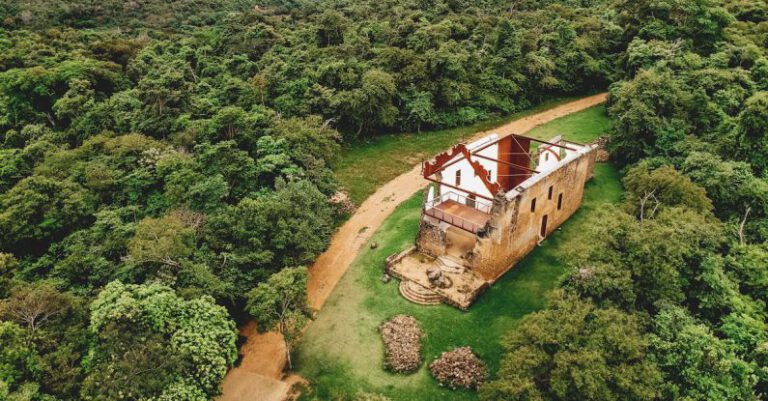Is There a Link between Climate Change and Pandemics?
The ongoing threat of climate change and the recent global pandemic have raised questions and concerns about the potential link between the two crises. While climate change and pandemics are often viewed as separate issues, there is growing evidence to suggest that they are interconnected in complex ways. Understanding the relationship between climate change and pandemics is crucial for developing effective strategies to address both crises and protect public health.
The Impact of Climate Change on Disease Transmission
Climate change has profound effects on our planet, including alterations in temperature, precipitation patterns, and ecosystems. These changes can have significant implications for the spread of infectious diseases. Rising temperatures and changing weather patterns can create more favorable conditions for the proliferation of disease-carrying vectors, such as mosquitoes and ticks. Warmer temperatures can also extend the geographic range of these vectors, increasing the likelihood of disease transmission to new regions.
Additionally, extreme weather events linked to climate change, such as hurricanes, floods, and droughts, can disrupt ecosystems and displace populations, leading to increased vulnerability to infectious diseases. For example, flooding can contaminate water sources and facilitate the spread of waterborne diseases like cholera. Droughts can result in food and water scarcity, weakening immune systems and making populations more susceptible to infectious diseases.
The Role of Deforestation and Habitat Destruction
Deforestation and habitat destruction, driven in part by climate change, can also contribute to the emergence of new infectious diseases. When forests are cleared for agriculture, mining, or urban development, wildlife populations are forced to migrate and come into closer contact with humans. This increased interaction between wildlife and humans can facilitate the transmission of zoonotic diseases, which are infections that jump from animals to humans.
One notable example of a zoonotic disease is the Ebola virus, which is believed to have originated in bats and was transmitted to humans through the consumption of infected bushmeat. Deforestation and habitat destruction have brought humans into closer contact with wildlife habitats, increasing the risk of spillover events where pathogens are transmitted from animals to humans.
The Impact of Pandemics on Climate Change
While the focus is often on how climate change influences the spread of infectious diseases, it is essential to consider how pandemics themselves can impact the environment. The COVID-19 pandemic, for instance, led to widespread lockdowns and travel restrictions, resulting in a temporary reduction in carbon emissions and air pollution. The decrease in human activity during the pandemic highlighted the potential for rapid environmental improvements when society makes concerted efforts to reduce greenhouse gas emissions.
However, the long-term environmental impact of pandemics is more complex. The diversion of resources and attention to managing a pandemic can hinder efforts to address climate change and environmental degradation. Moreover, the economic fallout from a pandemic can lead to increased deforestation, habitat destruction, and unsustainable resource extraction as governments prioritize short-term economic recovery over long-term environmental sustainability.
Strategies for Addressing Climate Change and Pandemics
Recognizing the interconnected nature of climate change and pandemics underscores the need for holistic and integrated approaches to address these crises. Strategies that promote environmental conservation, sustainable land use practices, and wildlife management can help mitigate the risk of zoonotic disease transmission. Investing in public health infrastructure, early detection systems, and emergency response capabilities is essential for containing infectious disease outbreaks and reducing their impact on vulnerable populations.
Furthermore, transitioning to a low-carbon economy and promoting renewable energy sources can help mitigate climate change and reduce the likelihood of future pandemics. By addressing the root causes of both climate change and infectious diseases, societies can build resilience and adaptability to emerging threats while safeguarding public health and environmental sustainability.
In conclusion, the link between climate change and pandemics is complex and multifaceted. Understanding this relationship is essential for developing effective strategies to address both crises and protect public health. By adopting integrated approaches that prioritize environmental conservation, public health preparedness, and sustainable development, societies can build a more resilient and sustainable future for generations to come.






